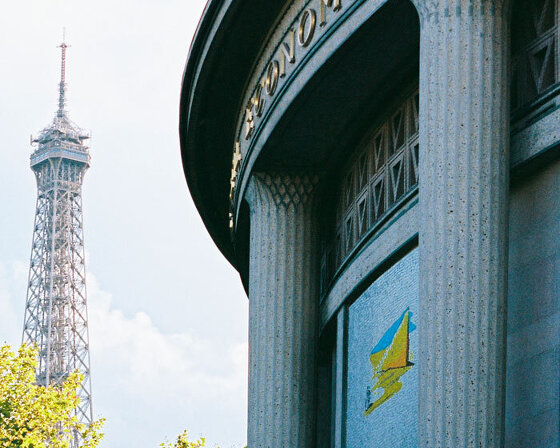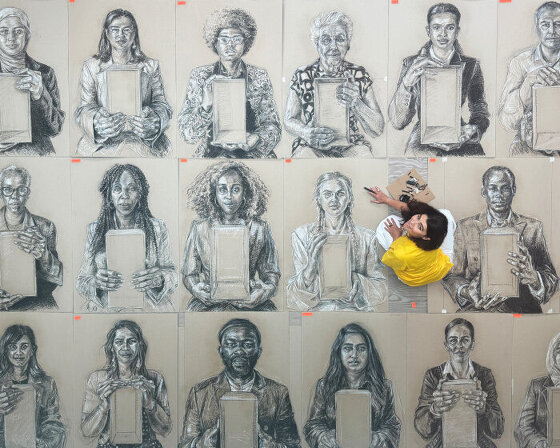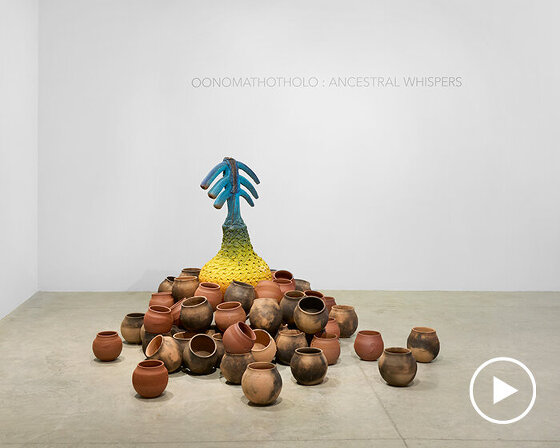KEEP UP WITH OUR DAILY AND WEEKLY NEWSLETTERS
PRODUCT LIBRARY
the south african artist talks to designboom about the nine-episode film series, available on MUBI from october 18, 2024.
connections: +150
dive into our guide for the must-see highlights of art basel paris and design miami.paris 2024, as well as all other exciting shows in paris.
connections: 13
before the unveiling of her recent work, the english artist explores congregation in an interview with designboom and how the 50 portraits of displaced people came to life.
connections: +1420
designboom gets a first look of the south african artist's new exhibition, 'oonomathotholo: ancestral whispers', at friedman benda NY.
connections: +250
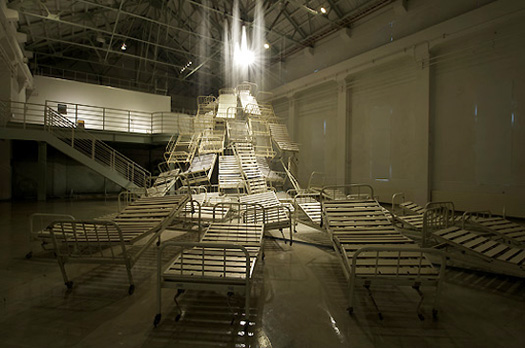
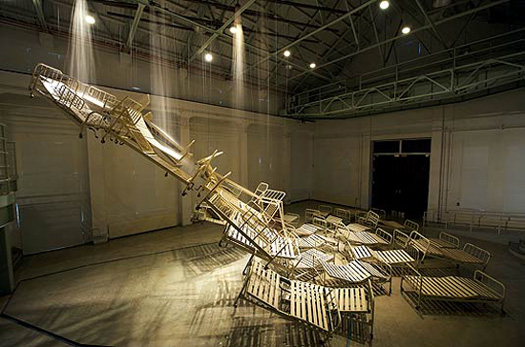 ‘flowing water’
‘flowing water’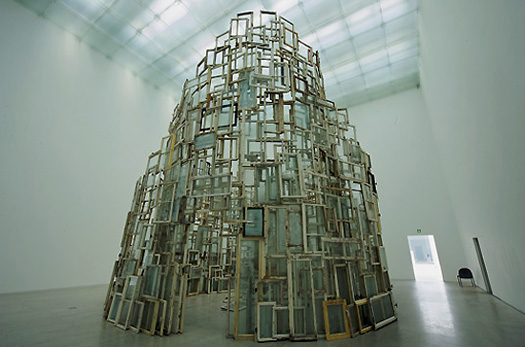 ‘room of memory’ at 21st century museum of contemporary art, kanazawa, japan, 2009
‘room of memory’ at 21st century museum of contemporary art, kanazawa, japan, 2009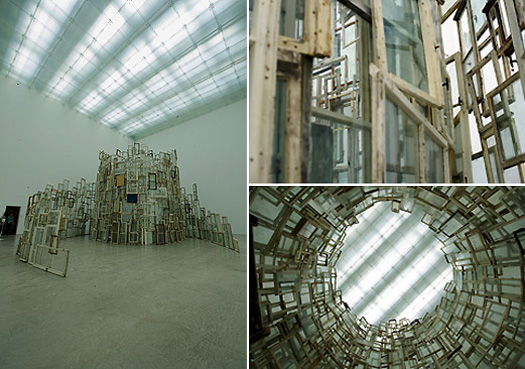 ca. 600 old wooden windows collected
ca. 600 old wooden windows collected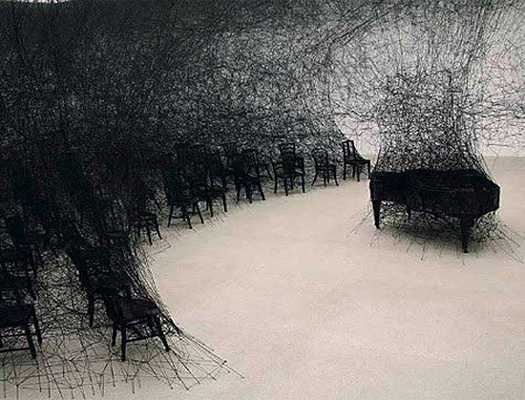
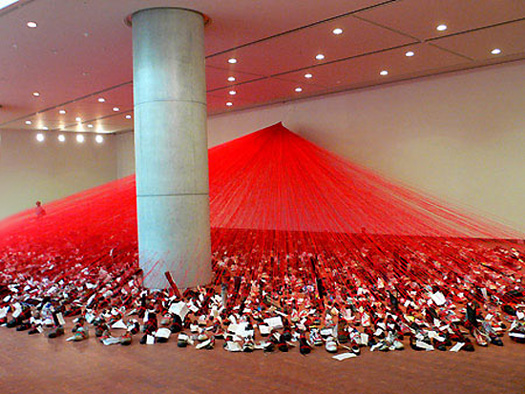 ‘breath of the spirit’ at the national museum of art / osaka, japan, 2008
‘breath of the spirit’ at the national museum of art / osaka, japan, 2008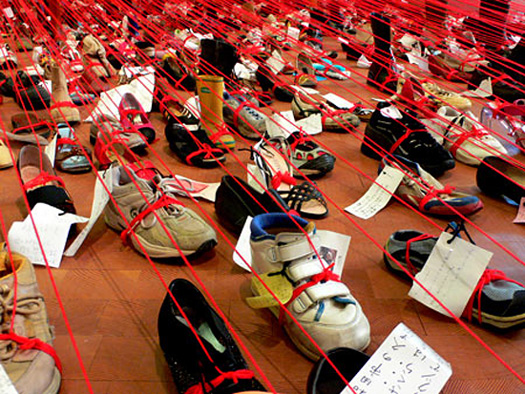 these shoes were collected from people who didn’t want to use them anymore
these shoes were collected from people who didn’t want to use them anymore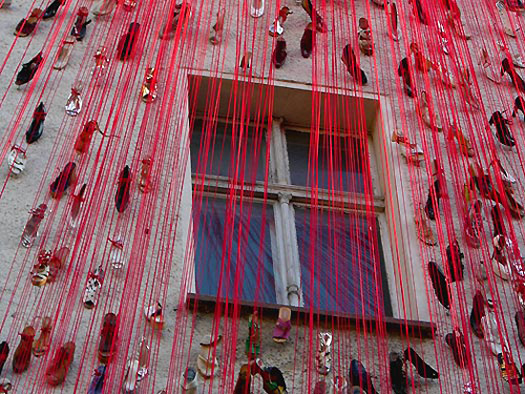 ‘lebensspuren (traces of life)’ at torstrasse 166, berlin, germany, 2008
‘lebensspuren (traces of life)’ at torstrasse 166, berlin, germany, 2008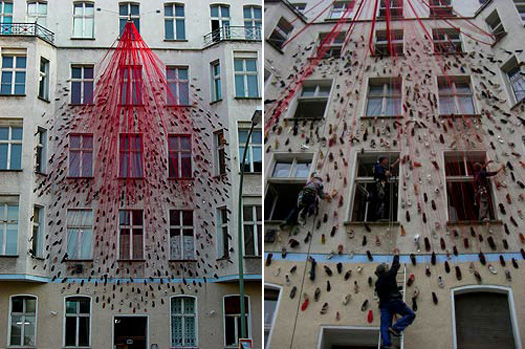 installation with 600 shoes and ca. 13.000 m thread
installation with 600 shoes and ca. 13.000 m thread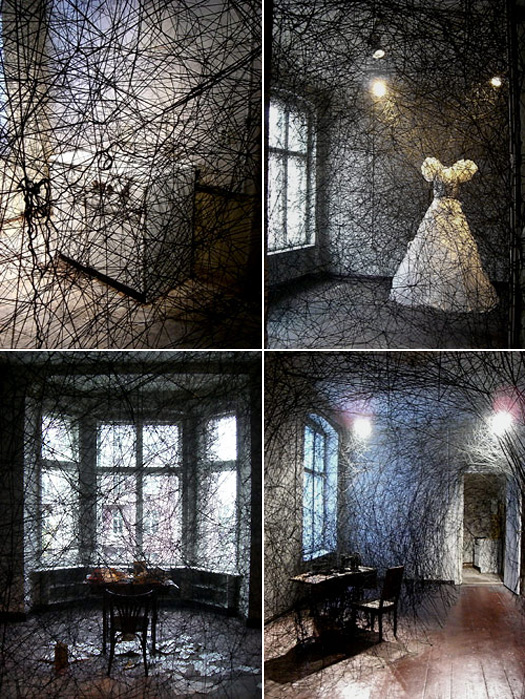 installation in an abandoned apartment, formerly inhabited by an old lady, berlin, 2008
installation in an abandoned apartment, formerly inhabited by an old lady, berlin, 2008
